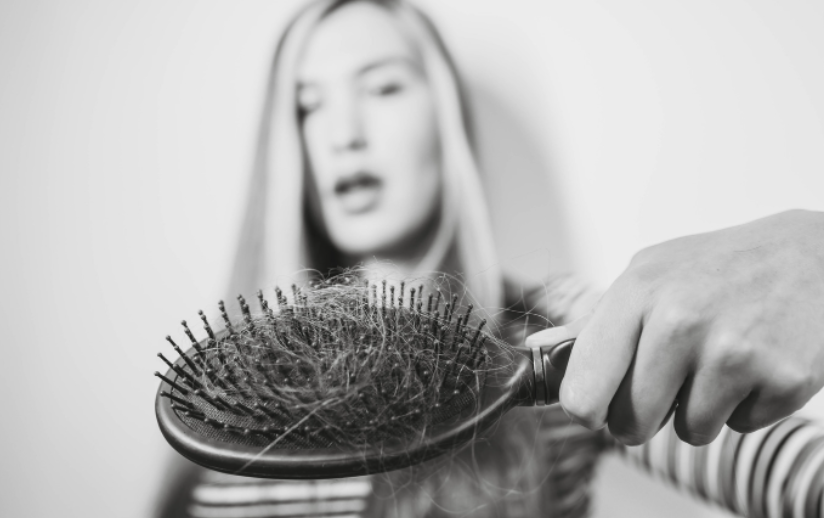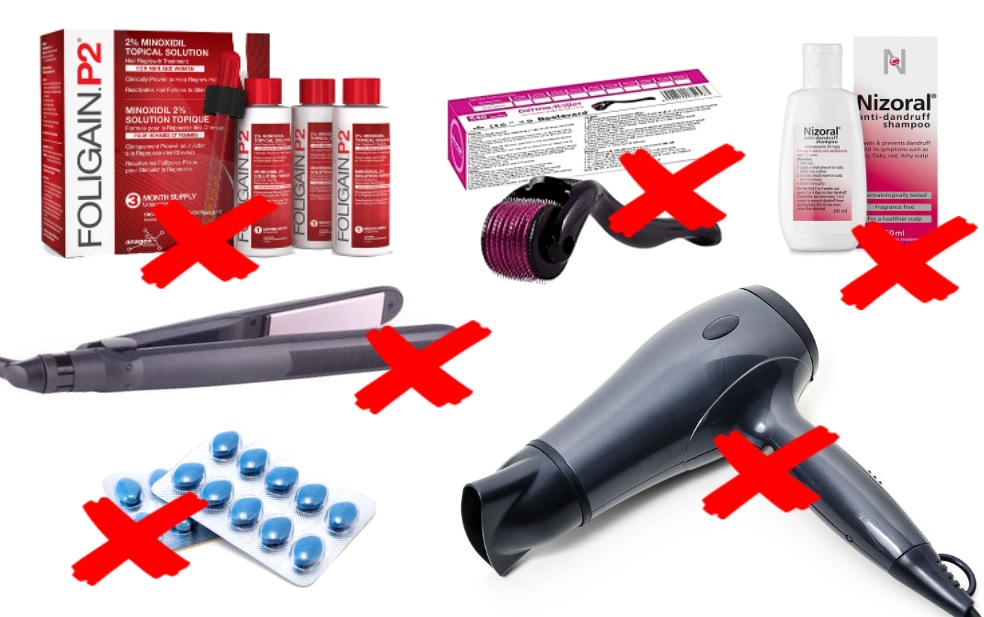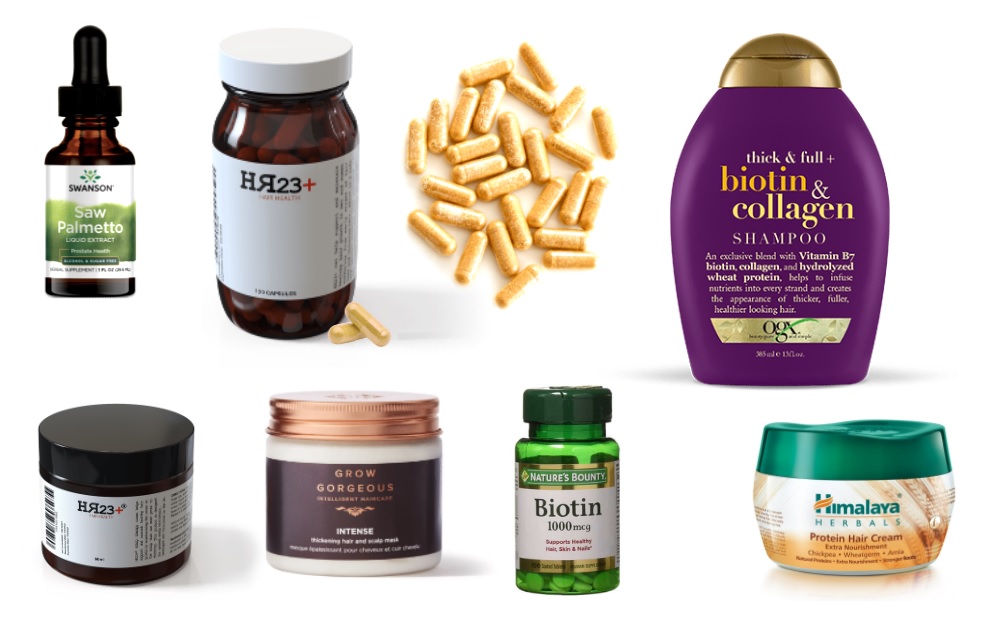
Excessive Hair Shedding in Spring Season: How To Stop Seasonal Hair Loss
Spring is generally considered to be an uplifting season for various reasons, however, when it comes to your hair, it can also be the most dreaded time of year.
Hair loss tends to be quite prominent during the spring months, with women in particular experiencing excessive shedding. Spring is the most common time of year for seasonal shedding, and what’s more, most of us do not even realise why it is happening.
Fortunately, seasonal shedding is just a phase, and the falling of hair usually stops once the season has ended, however, seasonal shedding can be detrimental to those who are already prone to hair loss. Therefore, treatment and prevention is absolutely key.
What is seasonal hair loss?
Seasonal hair loss is phase whereby we excessively shed hair. A bit like seasonal allergies, seasonal shedding occurs when a shift in temperature puts stress on the scalp and follicles, which leads to strands falling out. Because if this theory, spring and autumn tend to be the most common shedding seasons.
Seasonal shedding is usually a temporary thing, however, it can develop into a long-term problem for some, which is why prevention techniques should be used. The amount of hair women see falling daily also greatly depends on the condition of the hair. If the hair is highly damaged then breakage will occur, adding to the number of hairs seen. Also, if you are already prone to hair loss, then seasonal shedding can be an unwanted addition to your issue.
How to treat and prevent seasonal hair loss?
As with any type of hair loss, treating the issue is not an easy task, however, there are some viable options available. Excessive seasonal shedding can be treated, reduced and even prevented, both safely and effectively, with the right treatment plan and regimen.
Here are some handy seasonal shedding prevention tips and advice that can help you reduce your shedding phase, and promote the function of healthy hair growth.
Avoid harsh hairstyling products
Most of us tend to experience our strongest phase of hair growth during the cold winter months, so it is perfectly normal to notice some shedding as the season transitions into spring. However, once we do enter spring season, you are going to have to make some changes to your hair care routine, starting with your hairstyling.

Make sure you use less product in your hair (styling products, gels, powders, dry shampoos etc.) over spring season, and be sure to cut down on harsh, chemically based shampoos and conditioners that could potentially harm your hair and cause it to look thin and tired. Ideally, use organic products.
Avoid heat devices like hairdryers and hair straighteners. These can be particularly harmful to already weakened hair, which isn’t good for women who are already prone to thin and weak hair. If you cannot avoid using these devices, then make simple adjustments, like holding the hair dryer further away from your hair than you normally would, and/or on a lower temperature setting.
Avoid medical hair loss treatments
Many women make the mistake of turning to medical hair loss treatments like minoxidil, in an attempt to try and combat the loss of hair. The problem is, these treatments can often do your strands more harm than good! Minoxidil, for example, is known to cause severe shedding during the early stages usage, and this is the last thing you want, because this could potentially cause you even more hair loss.
Minoxidil is designed for men and women who are suffering from androgenic alopecia, or more commonly known as male/female pattern baldness. This is a long-term, permanent hair loss type that requires a potent treatment like minoxidil. Seasonal shedding is a temporary shedding phase, and therefore minoxidil is not the right treatment to use.
Use Safe and Natural Hair Growth Products
Opting for safe and naturally made treatments is the best thing that you can do for your locks. Be sure to tackle severe shedding with a hard working multivitamin hair supplement, like HR23+, that works from the root of the cause.
Multivitamin hair supplements can help prevent excess hair shedding, as well as promote the function of healthy hair growth. Multivitamin hair supplements are effective for reducing excessive shedding during seasonal hair loss phases, as well as combating other common hair loss types.

Multivitamin hair supplements have have become increasingly popular with women (and men) as a way for treating hair loss, both safely and effectively. These types of products are generally considered to be safe, and free from any major negative side-effects.
Live a healthy lifestyle
Your hair is no different to any other part of your body – the better you look after it, the better it will thrive. Feeding your body with the right nutrients, and getting plenty of exercise and fresh air, will do absolute wonders for your locks.
Getting your body active regularly is the most beneficial thing you can do for yourself, and of course your hair. Also, be sure to clean up your diet – eat lots of high-protein foods, and avoid junk food where possible. The healthier you eat, the more your hair is likely to thrive.
Conclusion
Seasonal hair loss is a hair shedding phase that can occur at any point of the year, but for most women it tends to happen during the spring months. For many of us, seasonal shedding also happens around autumn time, with the winter period being the season when shedding least occurs.
Seasonal hair loss is a temporary shedding phase, so you should not worry too much about it. Your hair will grow back to its full health at the end of the shedding phase, so be patient, look after your hair, and wait for the shedding phase to pass.
Seasonal shedding can be a problem if you are already suffering from another form of hair loss, such as pattern baldness, postpartum hair loss, menopausal hair loss, or stress-related hair fall, for example. This is where you would need to use hair loss treatments in conjunction with a good hair care plan and healthy lifestyle.


Leave a Reply